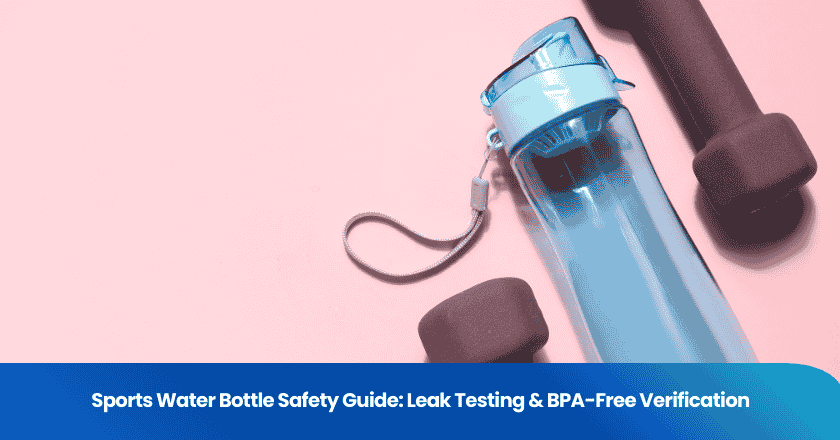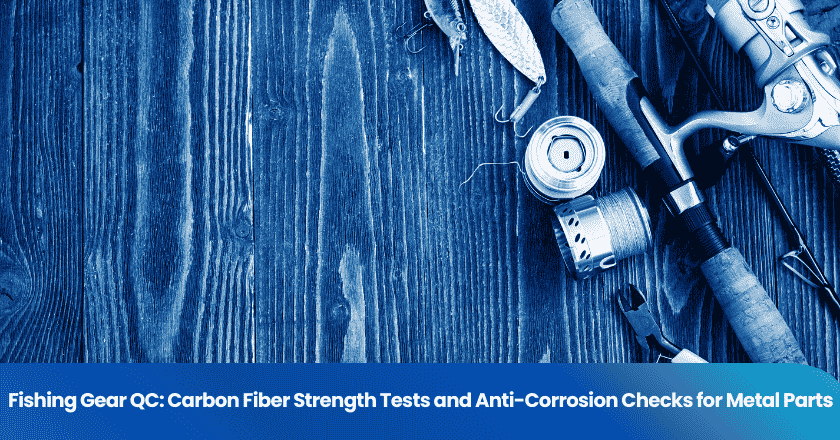
1. What is sourcing products?
Sourcing products refers to the process by which a company or organization purchases products or services from suppliers in order to meet its operational or sales needs.
The process of sourcing products involves identifying needs, finding suitable suppliers, negotiating prices and terms, signing contracts, and finally the delivery of products and payment. Sourcing products is not limited to physical goods, but also includes services, software, or other types of procurement.
In the process of sourcing products, multiple factors are usually considered, such as cost, quality, delivery time, supplier's reputation and service, etc.
An effective sourcing strategy ensures that companies obtain the required products or services at reasonable costs, maintaining the stability and efficiency of the supply chain.
In addition, sourcing products also involves risk management, including the stability of suppliers, the quality of products, and the reliability of delivery.
Procurement personnel need to possess certain market insight and negotiation skills to ensure the smooth progress of sourcing products and meet the needs of the company.
2.Why is sourcing products an important matter?
Sourcing products is a core aspect of business operations, directly related to the company's cost, quality, supply chain stability, and market competitiveness,
Supply chain stability
Sourcing is a key link in supply chain management. Stable sourcing channels and supplier relationships can ensure the continuity of enterprise production and avoid production stagnation caused by supply chain disruptions.
Cost control
The sourcing costs of raw materials or products directly impact the cost structure and final profit of a company. Effective procurement management can help companies reduce costs and increase profitability.
Quality assurance
The quality of the raw materials or products sourced directly affects the quality of the final products of the enterprise. By cooperating with reliable suppliers and establishing strict quality control processes, enterprises can ensure the quality of their products and customer satisfaction.
Market competitiveness
By optimizing sourcing strategies, companies can respond to market changes more quickly, adjust product mix and pricing strategies in a timely manner, thereby enhancing market competitiveness.
Risk management
The selection of suppliers, delivery time, contract terms, etc. involved in the sourcing process may all pose potential risks. Reasonable sourcing strategies and management can reduce these risks and protect the interests of the company.
3. Where can sourcing products be completed?
Sourcing products can be done through various channels and platforms.
Here are some common sourcing channels and platforms:
Traditional market
Local market or trade show: Companies can directly visit the local market or participate in relevant industry trade shows, communicate face-to-face with suppliers, and select and source products as needed.
Online platform: sourcing products
Integrated e-commerce platform: These platforms offer a wide selection of products and a convenient sourcing process.
Industry-specific platforms: These platforms focus on sourcing products and bidding information, suitable for finding procurement opportunities in specific industries or projects.
Vertical sourcing platform: Specialized in sourcing products for a specific industry or field, providing more professional and meticulous services.
Directly contact suppliers:
Companies can find and directly contact suppliers through industry directories, professional websites, or referrals to source products. This is usually suitable for long-term cooperation or bulk purchases.
Innovative sourcing company:
Innovative sourcing companies adopt cutting-edge concepts and technologies to transform procurement processes and management models, providing advanced sourcing solutions. One exemplary company is TradeAider. Driven by a visionary mission, TradeAider excels with its founder's extensive experience in global trade and manufacturing, a proficient team of merchandisers, and strong quality control and product development specialists. Their innovative TradeAider App ensures seamless order and quality control, making TradeAider a leader in efficient sourcing and exceptional service.
International cooperation and sourcing products:
For companies that need to import products or collaborate with international suppliers, they can accomplish their sourcing products through international trade fairs, international procurement platforms, or by directly establishing contacts with foreign suppliers.
When selecting a sourcing channel, companies should consider factors such as product variety, purchase volume, budget, delivery time, quality requirements, and the reputation and service of the supplier.
With the development of information technology, more and more companies are starting to use digital tools and platforms to optimize their sourcing products process, improving efficiency and accuracy in procurement.
4. Where can I find suppliers for sourcing products?
When looking for suppliers for sourcing products, there are multiple avenues to consider.
Here are some suggested avenues for your reference:
Internet search: sourcing products
By entering keywords such as "product suppliers" or "[product type] suppliers" into a search engine, you can quickly find a large amount of information about relevant suppliers. For example, if you enter "electronic product suppliers" into the search engine, you can find various suppliers offering electronic products.
E-commerce platform: sourcing products
Large e-commerce platforms such as Alibaba, etc., provide a wealth of supplier resources and product choices. On these platforms, one can browse the product information of different suppliers, compare prices and services, and select the appropriate supplier.
Industry exhibitions and trade fairs: sourcing products
Attending relevant industry exhibitions and trade fairs is a great opportunity to establish direct contact with suppliers. At these events, you can communicate face-to-face with suppliers, learn about product details, and discuss cooperation.
Social media and professional forums: sourcing products
Through social media platforms such as WeChat and Weibo, as well as industry-related professional forums, you can obtain recommendations and supplier information within the industry. Users on these platforms often share their cooperation experiences and recommended suppliers.
Supplier database and industry association: sourcing products
Some organizations offer supplier database services, and you can subscribe to these databases to obtain detailed supplier information. Additionally, joining industry associations is an effective way to learn about suppliers in your industry, as these associations often gather a large number of suppliers and businesses from the same sector.
Reference reviews and recommendations:
Seek recommendations and opinions from peers, business partners, or relevant industry organizations, their experience and feedback can help you select reliable suppliers.
Utilizing intermediary agencies: sourcing products
Collaborate with intermediary agencies, entrusting them to find suitable suppliers. These intermediary agencies usually have rich industry resources and experience, and can provide you with professional supplier recommendation and screening services.
When selecting suppliers, it is essential to conduct thorough investigation and evaluation to ensure that the supplier's reputation and product quality meet your requirements. Additionally, compare and negotiate with multiple suppliers to choose the most suitable partner.
5. Successfully complete the steps of sourcing products
The steps or process for completing the sourcing products task can be divided into the following key stages:
Clarify sourcing products requirements and planning
Identify the products or services that the company needs to source, as well as the quantity, quality, and budget requirements for the sourcing. Based on the company's production plan and market demand, develop a detailed sourcing plan, including a sourcing schedule, delivery deadlines, etc.
Supplier selection and evaluation
Search for potential suppliers through various channels such as online searches, industry exhibitions, and e-commerce platforms. Conduct a comprehensive assessment of potential suppliers in terms of qualifications, reputation, product quality, price, delivery capability, etc., and select high-quality suppliers that meet the sourcing product requirements.
Inquiry and comparison of prices for sourcing products
Send inquiry sheets to the selected suppliers, specifying the specifications, quantity, quality requirements, etc. of the sourcing products. Collect quotations from each supplier and conduct comparative analysis to ensure the reasonableness of the procurement costs.
Negotiation and signing of contracts
Negotiate and reach a consensus with suppliers on key terms such as price, delivery deadline, and quality standards. After reaching an agreement through negotiation, sign a formal procurement contract with the supplier to clarify the rights and obligations of both parties.
Order management and delivery acceptance
According to the procurement contract, a formal purchase order is issued to the supplier, specifying details such as delivery time and location. A strict inspection process is carried out at the time of delivery to ensure that the quality of the sourcing products meets the contract requirements.
Payment and settlement
Check whether the supplier's bill is consistent with the actual delivery of goods to ensure accuracy. Complete payment settlement in a timely manner according to the payment method and deadline agreed upon in the contract.
Follow-up service and maintenance
Maintain close contact with suppliers to ensure that issues arising from the use of sourcing products can be resolved promptly. Regularly evaluate and adjust suppliers to ensure the stability and continuous optimization of the supply chain.
Through the above seven steps or processes, companies can steadily complete the sourcing products task, ensuring the smooth progress of the procurement activities and meeting the needs of the company.
6. The difference between a purchasing agent and a sourcing website
Procurement agency
It is usually a professional third-party service agency that conducts procurement activities on behalf of the buyer, including but not limited to supplier selection, price negotiation, contract signing, etc. The procurement agent usually has rich industry experience and professional knowledge, which can help the buyer to procure more effectively.
Procurement website
Typically, these are online platforms that offer features such as product information, price comparisons, and transaction services. Buyers can browse and select products directly on these websites and conduct online transactions. The advantage of sourcing websites is convenience and speed, but it may require buyers to do more filtering and judgment themselves.
Procurement agents and procurement websites have significant differences in their definitions and nature, functions and services, as well as modes of operation. Procurement agents focus more on providing personalized procurement services to help client units reduce procurement costs; procurement websites, on the other hand, emphasize providing full-process electronic procurement management solutions to enhance work efficiency and ensure the security of the procurement process.
Grow your business with TradeAider Service
Click the button below to directly enter the TradeAider Service System. The simple steps from booking and payment to receiving reports are easy to operate.



